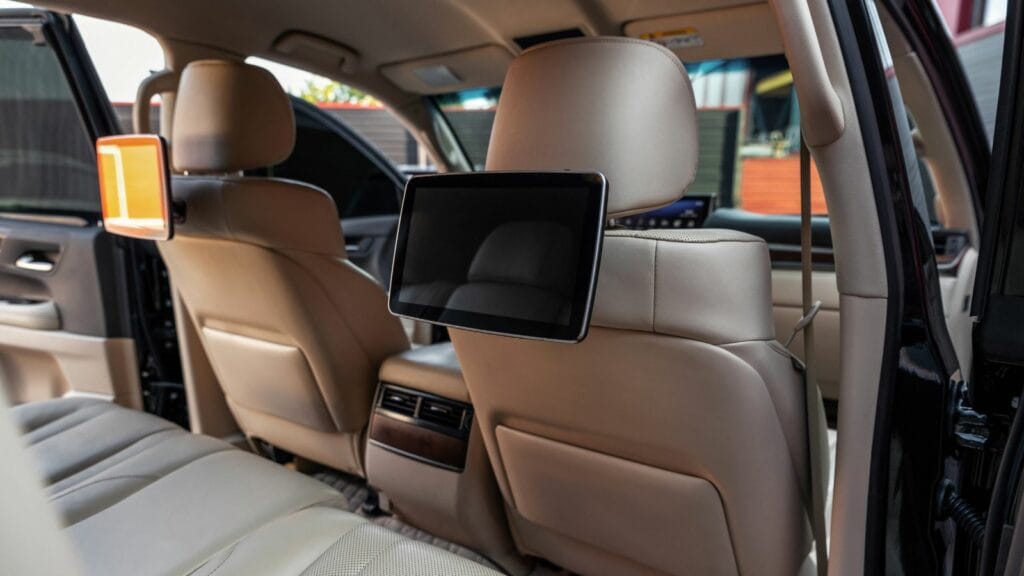Car buyers today are more selective than ever. Prices have climbed, monthly payments have stretched longer, and the average new car now costs more than many people’s first home mortgage. That has forced buyers to look closely at what they actually value and what they are being asked to pay for. Some once popular features now feel outdated, overpriced, or simply frustrating in daily use. The shift is not about rejecting technology. It is about choosing features that feel useful, reliable, and worth the cost. These eight are quickly losing their appeal.
Built In Navigation Systems

There was a time when built in navigation felt high tech. It was a selling point that separated premium cars from basic ones. But phone based navigation improved faster than the automotive industry could update its software. Google Maps and Apple Maps refresh constantly, calculate traffic in real time, and offer search tools that work instantly.
Meanwhile, many factory navigation units rely on map databases that require paid updates. They look good in the dashboard, but they rarely outperform a smartphone. With CarPlay and Android Auto now standard in most vehicles, buyers are simply not interested in paying extra for a feature that their phone already excels at. A clean phone mount and a strong connection are all most drivers need.
Expensive Driver Subscription Features

A growing trend has irritated buyers more than almost anything else. Some automakers want to charge monthly subscription fees for features that physically exist in the car. Heated seats, remote start, hands free driving assists, or upgraded lighting packages are sometimes locked behind paid apps or annual fees.
Buyers feel this crosses a line. If the hardware is in the car, they believe they already paid for it. Having to keep paying to use something that is already installed feels more like a rental agreement than ownership. Many shoppers now avoid brands pushing this model. The message is clear. Drivers are willing to pay for features once. They are not willing to pay forever.
Touchscreen Only Controls
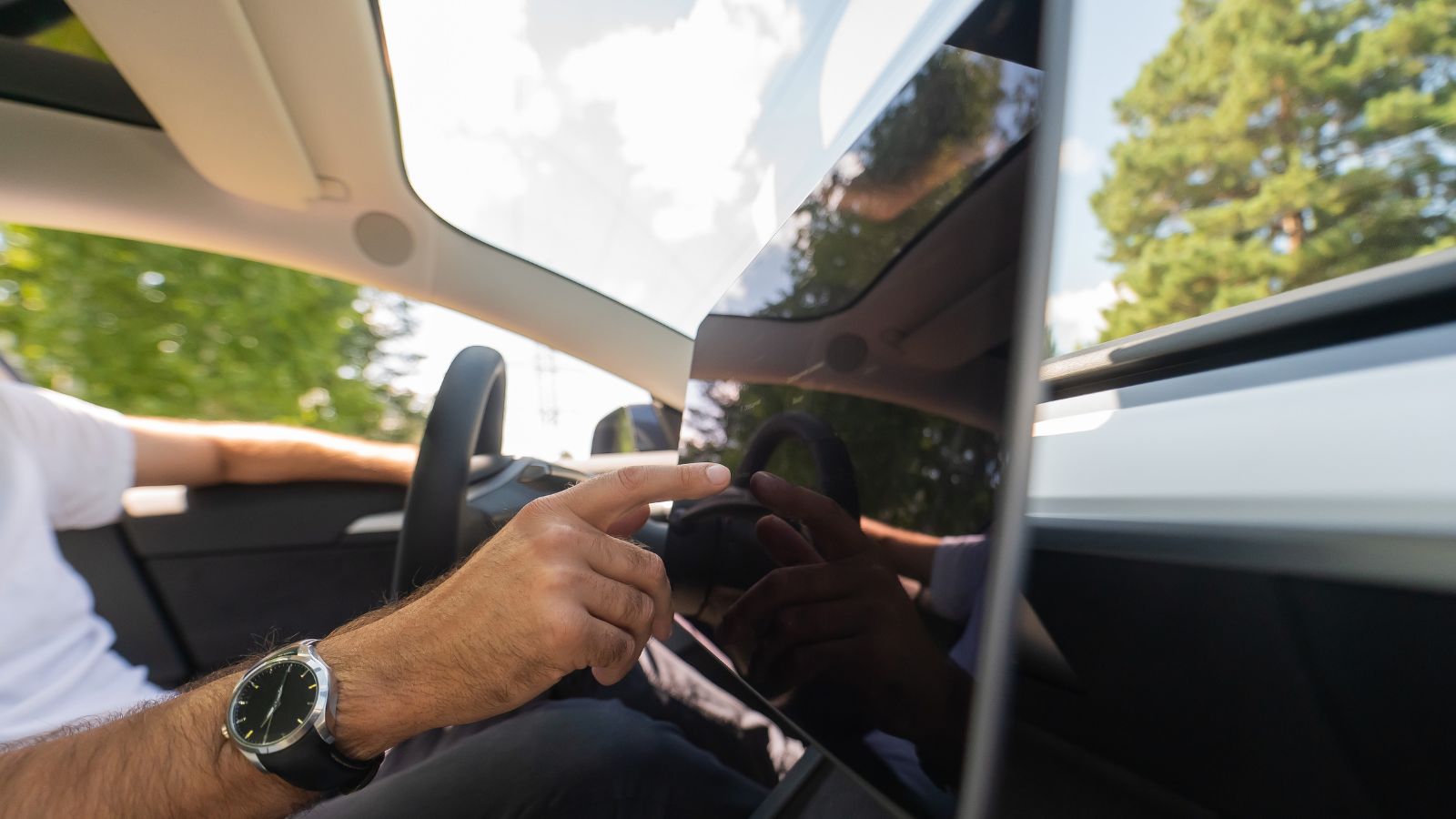
Touchscreens are impressive to look at, but not so impressive to use while driving. Many modern vehicles have replaced physical buttons with layered on screen menus. Something as simple as raising the temperature or turning on the fan requires tapping through menus instead of reaching for a simple dial.
Drivers miss the old ergonomic logic of physical controls. Buttons and knobs can be used without taking eyes off the road. They are faster, safer, and more intuitive. Touchscreens are not going away, but buyers are increasingly looking for cars that combine digital controls with real tactile interfaces. The industry is slowly starting to listen.
Oversized Wheels and Thin Sidewalls

Large wheels look bold in advertisements and dealer lots. But in the real world, they bring stiff rides, louder road noise, and expensive tire replacements. Thin sidewall tires offer less cushion over potholes and rough pavement. Anyone who drives in a city knows how quickly a tire and rim can be damaged.
Many buyers are now asking for smaller wheels because they want comfort and durability. A little extra tire sidewall improves daily driving in every way. It softens the ride, protects the rim, and reduces repair bills. Flashy wheel size is losing to practical everyday usability.
Fake Engine Noise Systems
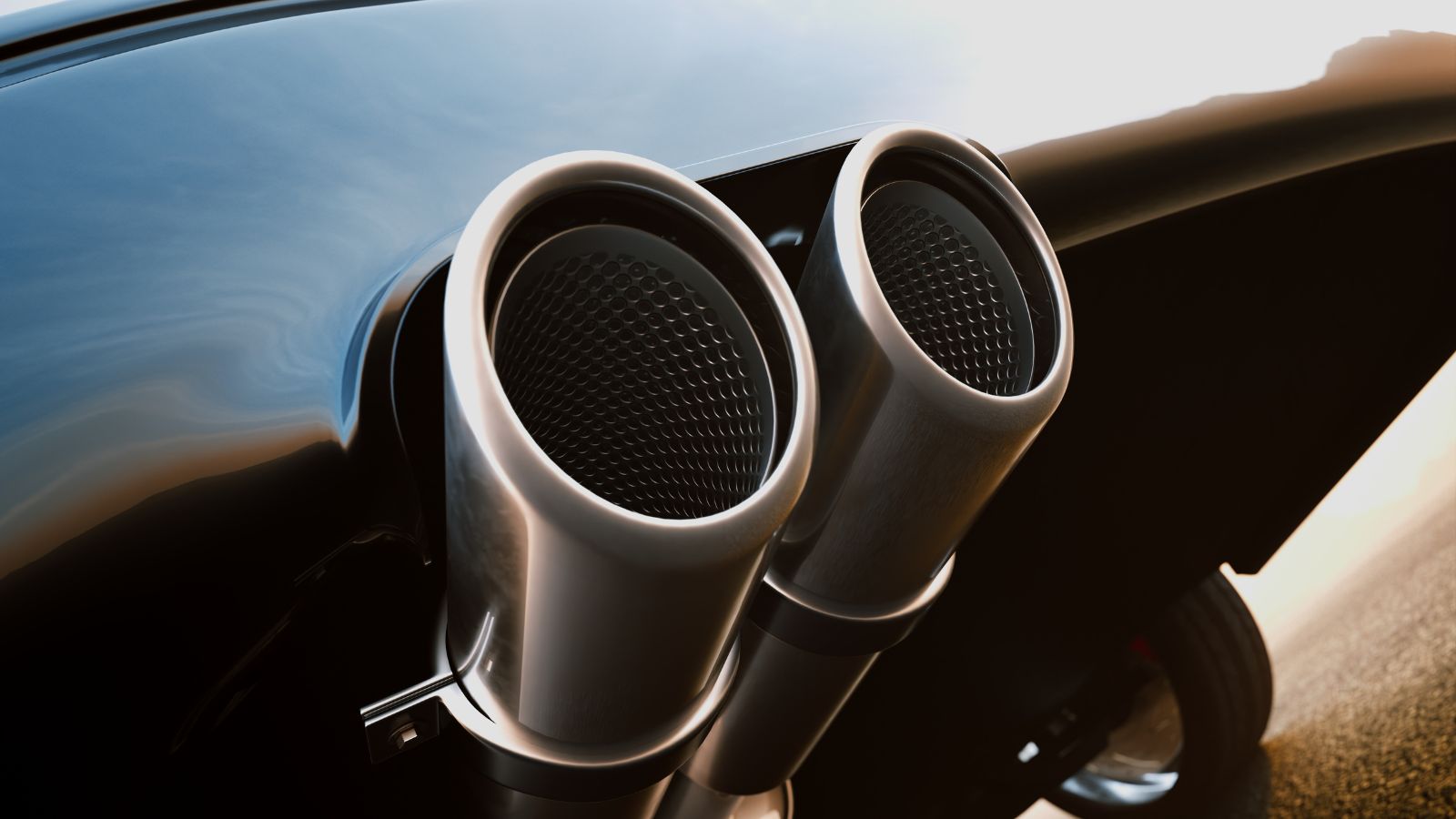
Modern engines are designed for efficiency and emissions control, which makes them quieter than older engines. To keep the sporty sound alive, some automakers pump artificial noise into the cabin through the speakers. It attempts to create drama, but most drivers know the sound is not real.
This breaks the emotional connection between driver and machine. People would rather have a quiet car than one pretending to sound exciting. Real performance does not need soundtrack assistance. If a car has power and character, the sound will follow naturally.
Built In Rear Seat Entertainment Screens

Rear seat screens used to be a luxury feature in family SUVs and minivans. Today, most families already own tablets or portable gaming devices. Built in screens cannot compete with the flexibility of a personal device loaded with apps, videos, and downloads.
They are also expensive to replace if they break and become outdated quickly. Tablets can be swapped or upgraded for a fraction of the cost. So instead of paying for built in entertainment, parents are choosing simple tablet mounts and wireless charging. It is cheaper, easier, and more adaptable.
Complex Multi Mode Drive Systems
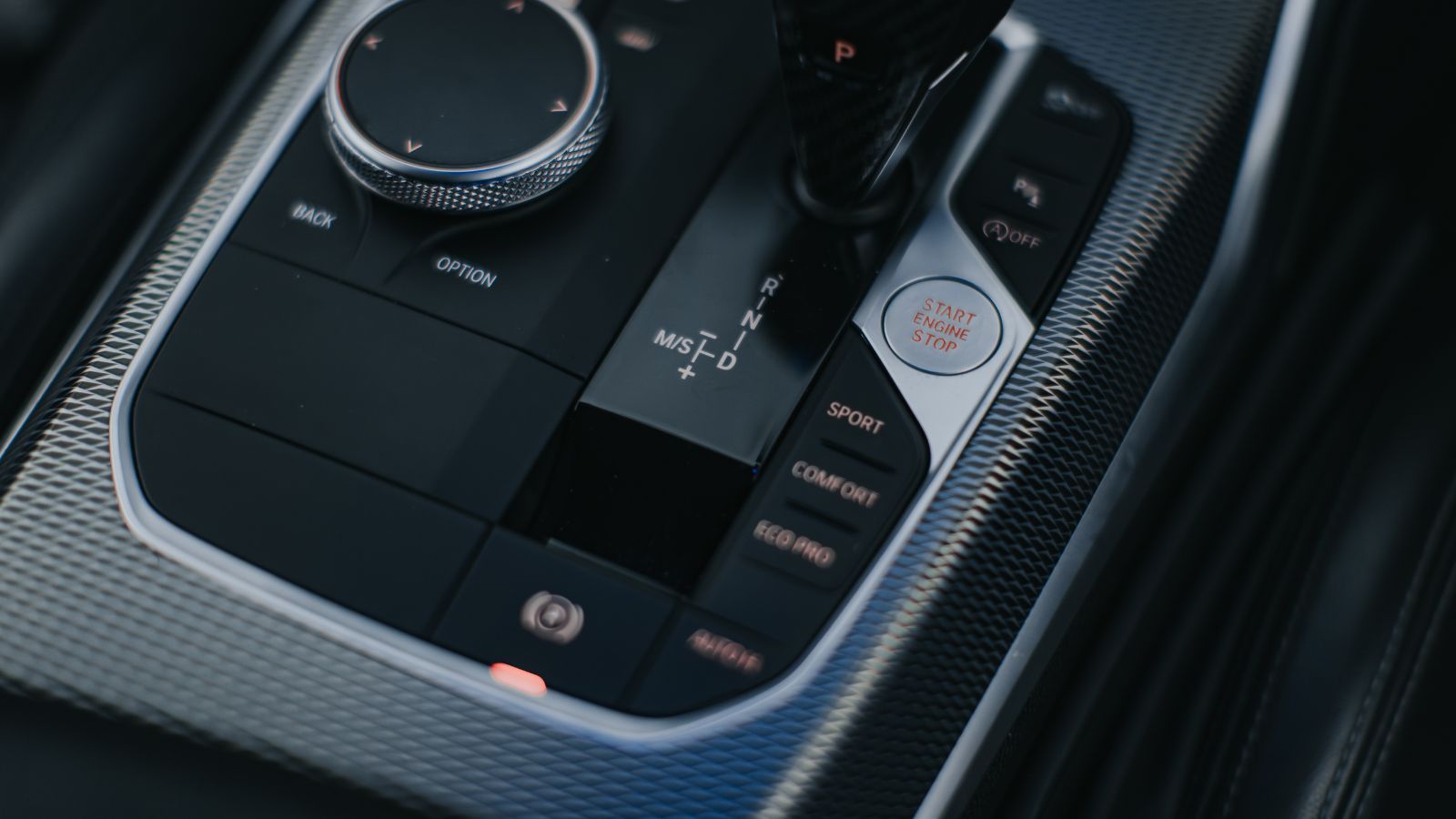
Many cars now come with long drive mode menus. Sport, Comfort, Eco, Track, Gravel, Custom, and more. While the idea is flexibility, most drivers try each mode once and then settle on one setting forever.
Extra drive modes add programming complexity and sometimes require additional hardware. Yet the daily value is minimal. Buyers are rediscovering the appeal of cars that feel great without needing adjustment. The demand is shifting back to natural baseline tuning rather than digital personality changes.
Sunroofs and Panoramic Glass Roofs

Panoramic roofs look impressive when the car is new. They brighten the cabin and add a sense of openness. But over time, they raise interior temperatures, reduce headroom, add weight, and introduce the possibility of leaks.
Many long term owners prefer a solid roof. It is quieter, lighter, and more reliable over years of ownership. In older climates with harsh seasons, a panoramic roof can turn into a long term maintenance liability. Buyers who are thinking long term are choosing to skip this option.
The Trend Is Clear
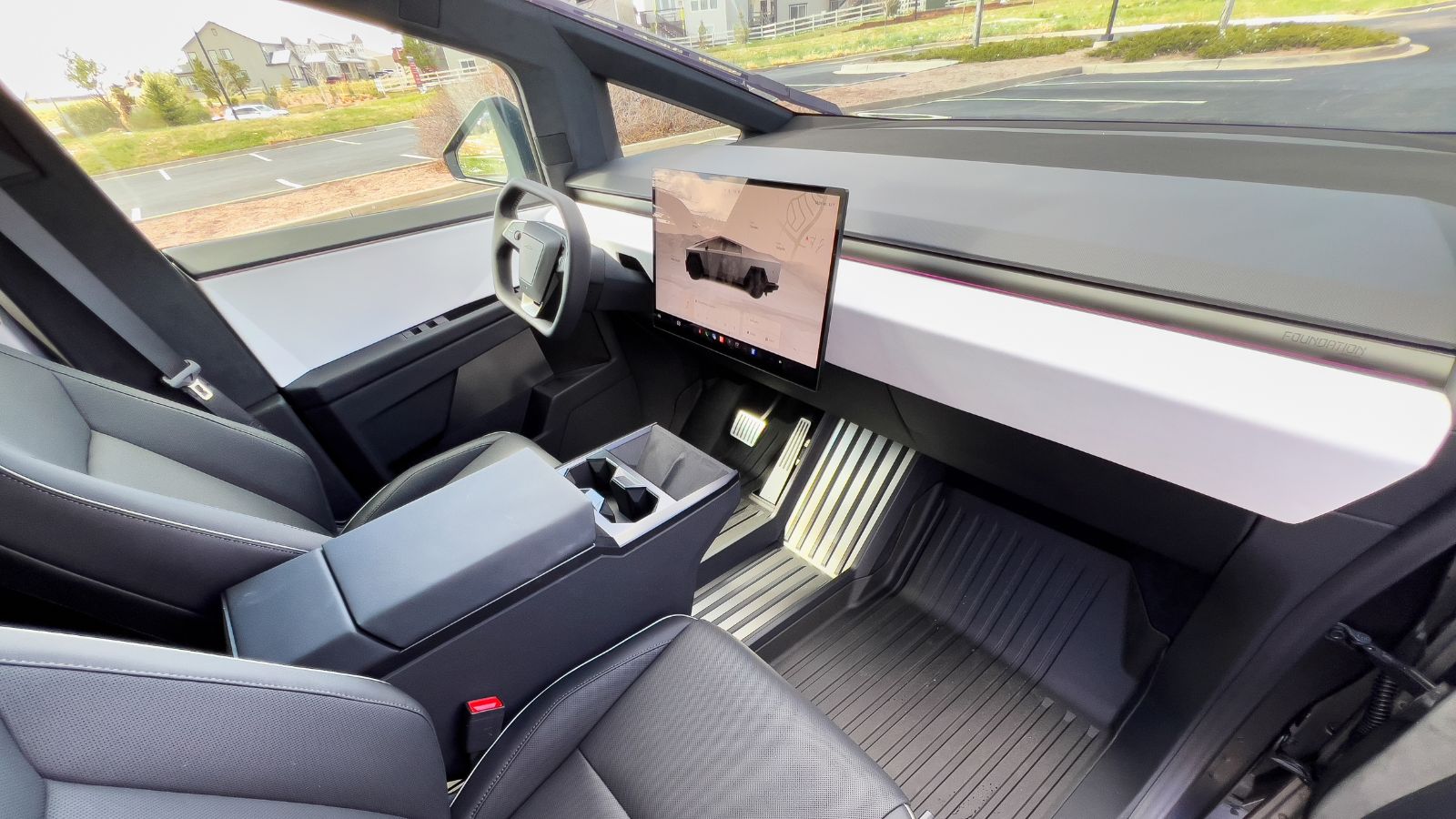
Car buyers are no longer impressed by features that look good only in marketing photos. They want durability, practicality, and comfort. They want controls that feel natural, technology that is truly useful, and hardware they do not have to pay subscriptions to keep.
25 Facts About Car Loans That Most Drivers Don’t Realize

Car loans are one of the most common ways people fund car purchases. Like any other kind of loan, car loans can have certain features that can be regarded as an advantage or a disadvantage to the borrower. Understanding all essential facts about car loans and how they work to ensure that you get the best deal for your financial situation is essential. Here are 25 shocking facts about car loans that most drivers don’t realize:
25 Facts About Car Loans That Most Drivers Don’t Realize
